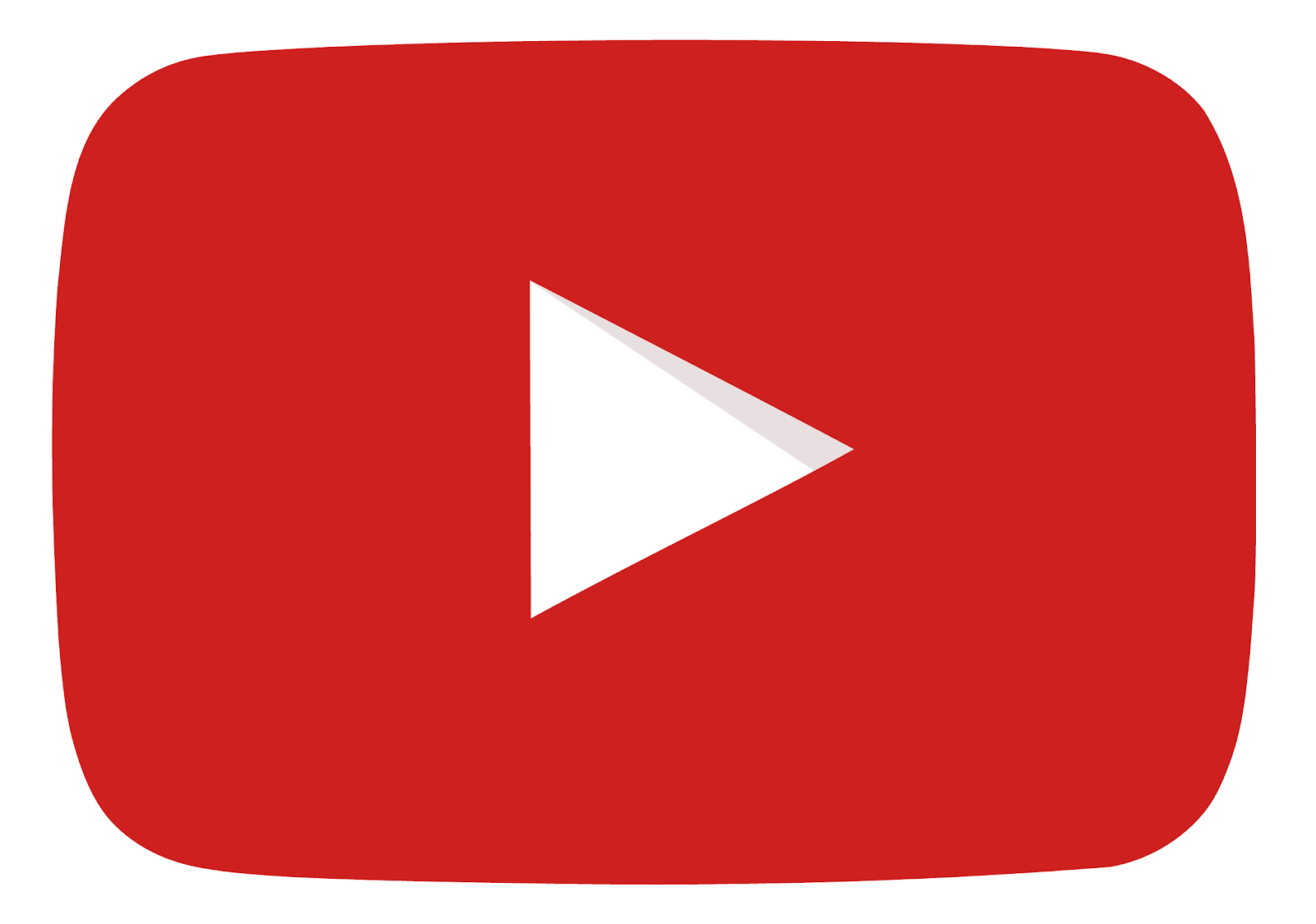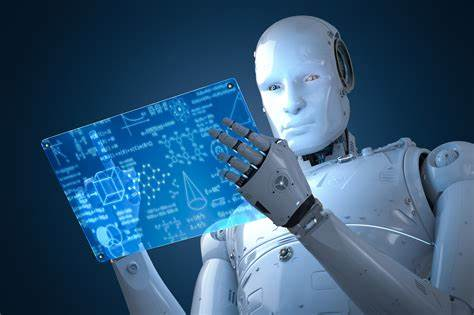For as long as news has been around, there have been viewpoints that are clearly favored in the eyes of the public and the government. This makes the more radical voices who oppose the mainstream have an extremely difficult time being heard, much less listened to. A majority of the time, these opposing views are even censored.
A very good example is Twitter. Twitter often shuts down accounts that spread opinions that aren't held by a majority of the public, or that isn't the opinion that is shown positively in the news. If the accounts themselves aren't shut down, they may be shadow-banned (their tweets are prevented from circulating around), have their account suspended, or have the specific tweets removed.
A very solid website/news source for anti-war opinions is, naturally, anti-war.com (https://www.antiwar.com/) is the way to go. I think it's safe to say that most people don't desire war or violence, but the government often attempts to silence that. The government, no matter who is in the presidency, relies on war a bit and censors those who loudly fight against it so the anti-war opinions can become too powerful for the government to fight back against it.
Antiwar.com has tons of articles that showcase the horrors and tragedies that happen due to war. These stories and viewpoints are quite depressing to read due to the horrors of war itself, and would surely make a lot of people speak up more in an anti-war campaign, which is not something the government wants. Hence, Antiwar.com is a relatively small website/news source despite the legitimacy and informative nature of the pieces on their site.
The American Conservative (https://www.theamericanconservative.com/) is another website kept on the fringe. Obviously a right wing news source, and a radical one at that. Radical right wing news sources are often the most censored or pushed back against of any other viewpoint.
Even I as someone who is not personally right wing, much less radical, notice that those who are often don't get as much of an equal chance to speak their mind. They are pretty much immediately pushed back against most of the time. Even if I personally don't agree with a good amount of the articles I read, I still believe that the writers and voices on the site deserve just as much of a chance to give their opinion and have people read it without bias, and be heard out and not simply dismissed.
Overall, most radical voices are often ignored, pushed against, or censored because they don't "fit" with the mainstream or what the government want you to believe, which just isn't fair and hides potentially important ideas and problems that could completely change people's perspectives or at least give them a different perspective.























